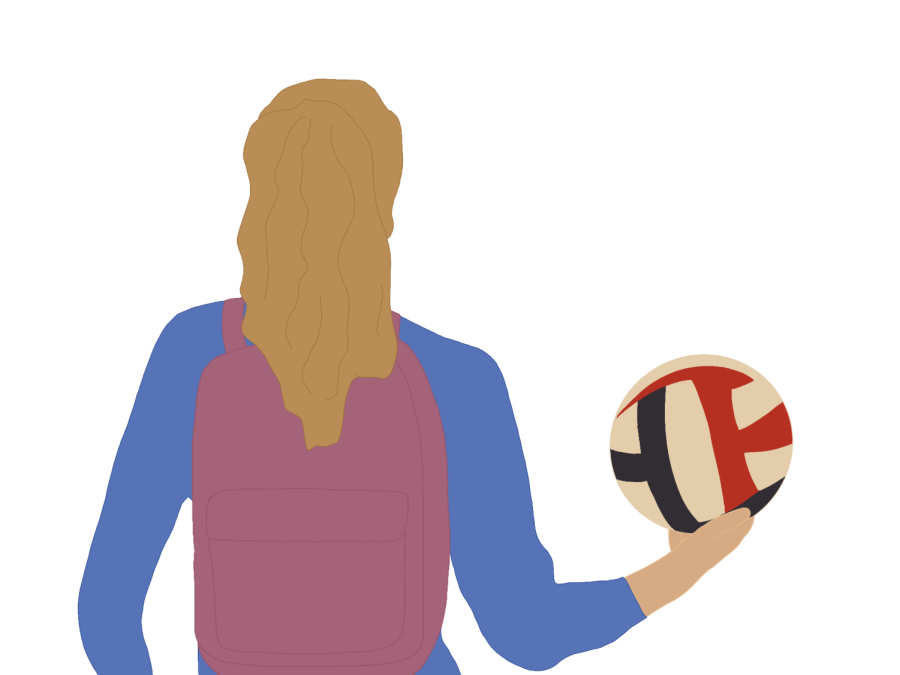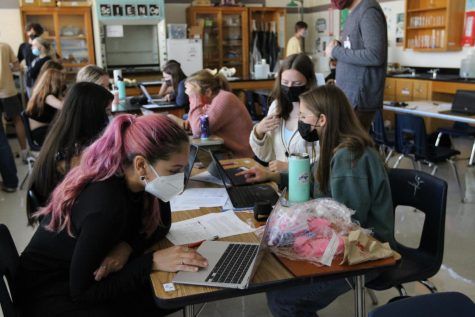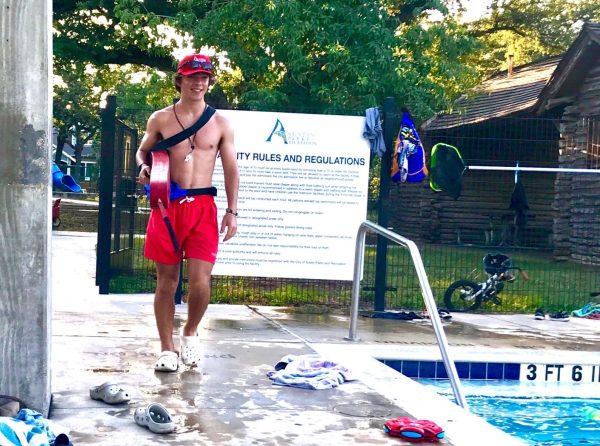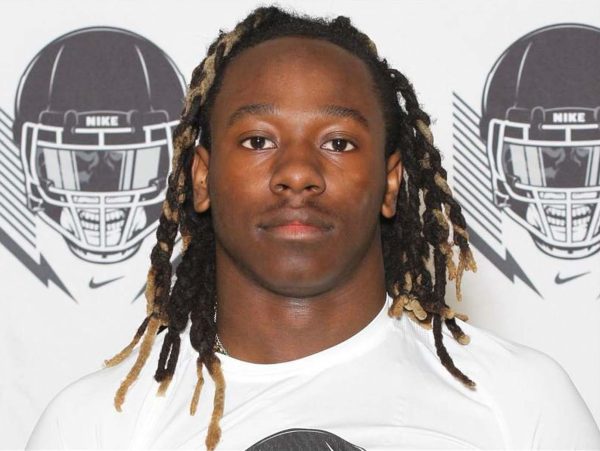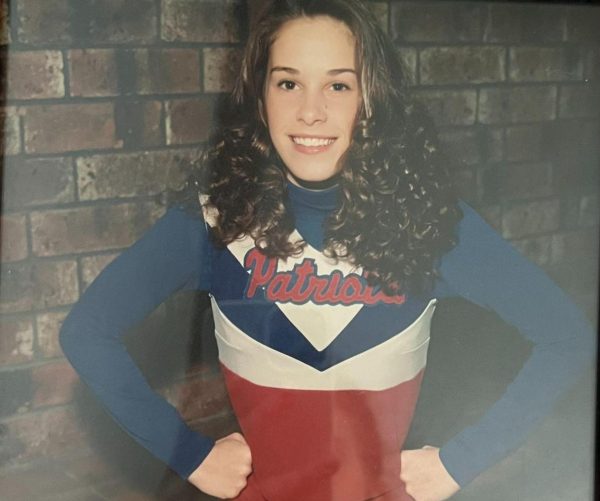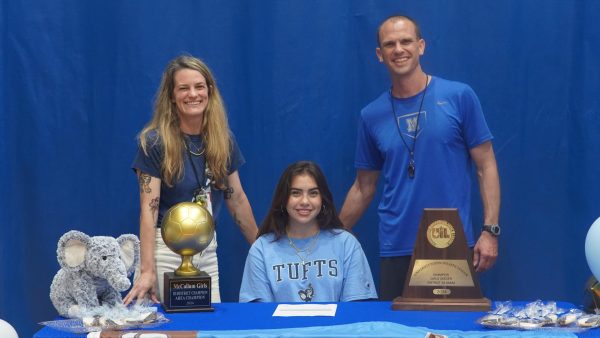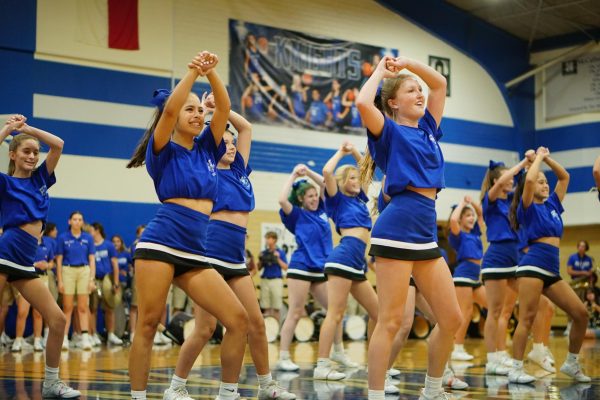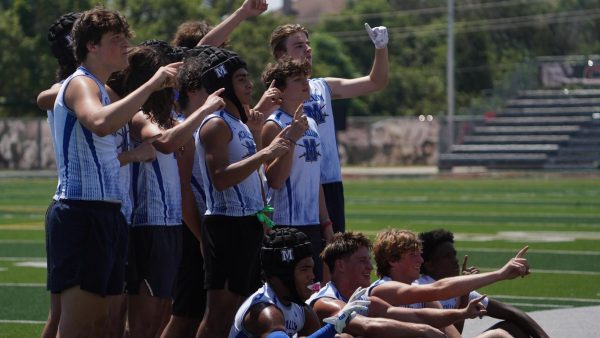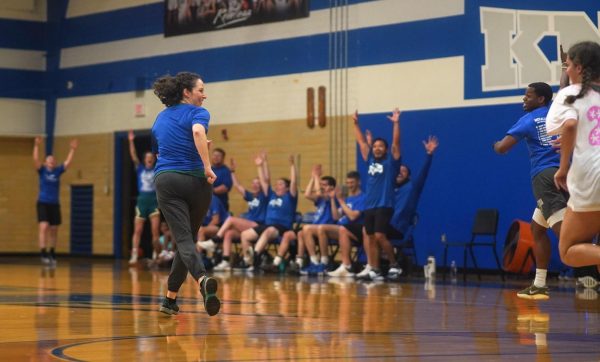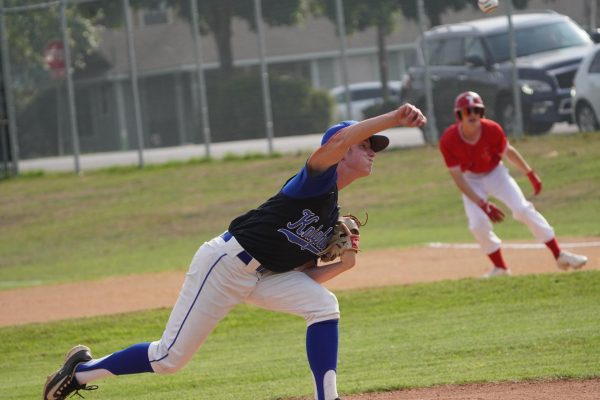A balancing act
Student-athletes navigate sport, school to find equilibrium between athletic excellence, academic success
Many Mac students wear two hats as both learners and athletes. Being caught between two fast-paced worlds can be difficult, but with time management and commitment, they find a way to do it all.
April 23, 2023
While playing a sport provides a healthy outlet from the daily stresses of school, student-athletes often end up making many sacrifices to meet their academic and athletic goals.
I like having time to relax and decompress, so finding time for myself isn’t always easy. It feels like a job at times with the obligations we have.
— senior Charlie Partheymuller
For students to remain eligible to play on school sports teams, they must maintain a grade of 70% in on-level classes, or a 60% in advanced or AP classes. If student-athletes don’t meet these requirements, they are benched from sports for three weeks.
The expectations for success in their chosen sport are just as high. They are expected to practice every weekday and commit hours to commute and prepare for game days, not to mention the fact that athletes often have to leave school early to make it to their games.
With homework, quizzes, tests, classwork and daily practices or games, student-athletes have their plates full. For senior Kate Shackelford, keeping her grades up and playing three sports comes with some tough dilemmas to navigate.
Earlier this school year, the varsity volleyball team had a preseason tournament on the same day as her scheduled SAT. But instead of choosing between the test that could get her into college and earn her scholarships and playing in her last tournament with her teammates, she found a way to do both.
Instead of missing the entire tournament to take the test, she only missed one game by testing in Fredericksburg at the local high school about 20 minutes from the tournament. While she sacrificed the ability to take the nerve-racking test among people she knew, she felt it was worth it in the end.
“In a way, it helped me focus, not having the temptation of talking to my friends before the test and during the breaks,” Shackelford said. “Instead, I used that time to go over some testing strategies.”
It’s so hard, because [my interests] are all so different. I just have to make them work together, interconnected. However, I actually have been able to work with it because the less time I have, the more wisely I use it.
— freshman Elizabeth Falkin
After completing the test, she made it back to the tournament and helped her team enjoy an undefeated final day of play.
Freshman Elizabeth Falkin is still adjusting to the management of her academics, her major and her sport. Art majors like her often spend six to nine hours working on their art during the school week.
“It’s so hard, because [my interests] are all so different,” Falkin said. “I just have to make them work together, interconnected; however, I actually have been able to work with it because the less time I have, the more wisely I use it.”
Taking on many activities has taught Falkin how to compartmentalize her life, a concept with which senior Charlie Partheymuller is familiar. Partheymuller plays soccer for club and school, is the editor-in-chief of the yearbook and a reporter for the newspaper.
His biggest challenge with his busy schedule is making the time to unwind.
“I like having time to relax and decompress, so finding time for myself isn’t always easy,” Parthymuller said. “ It feels like a job at times with the obligations we have. I’m glad college athletes are now making money off their job for them but for high schoolers, it depends on the person, but it takes dedication to stick with it.”
If there’s one belief that carries these student-athletes through their hectic seasons and school years, it’s that if there’s a will, there’s a way.



